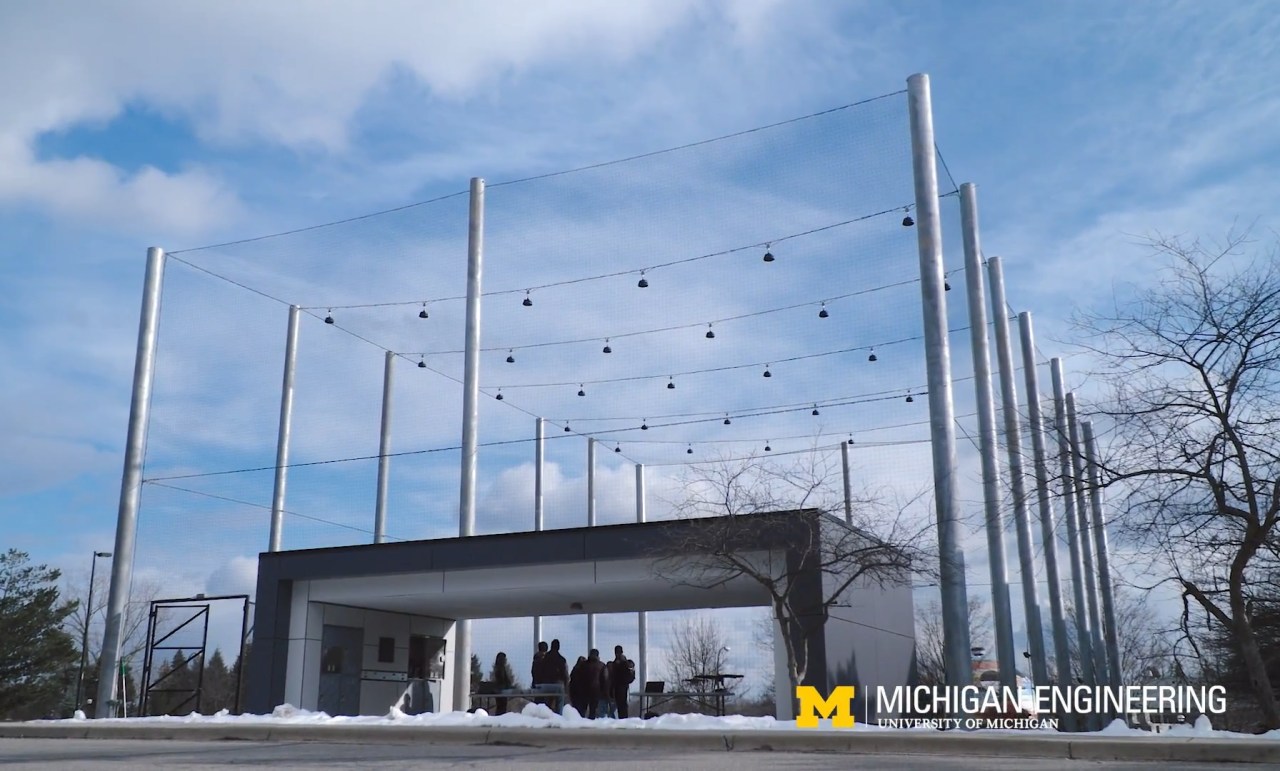In the rapidly evolving world of technology, educational institutions are stepping up to provide the necessary infrastructure that fosters innovation and research. Among these, the University of Michigan (U-M) has taken a remarkable leap forward in aerospace engineering by unveiling its M-Air UAV testing facility. This facility transforms the conventional approach to drone testing, not only enhancing accessibility for students but also paving the way for groundbreaking research. Let’s delve deeper into what M-Air offers and how it is revolutionizing the testing landscape for unmanned aerial vehicles (UAVs).
A New Era of Drone Testing
Previous drone testing options seemed rather sparse, often limited to contested environments like empty lecture halls or poorly lit outdoor areas. However, M-Air opens a world of possibilities for students at U-M. This facility, encompassing an impressive size of 80 by 120 feet and soaring five stories high, is indeed a playground for innovation and creativity.
Why M-Air Stands Out
- Safety First: The facility is entirely enclosed with a net, ensuring that testing isn’t only safe for students but also minimizes risks to bystanders. This controlled environment makes it simpler to experiment with cutting-edge drone technologies without the cumbersome constraints of outdoor testing.
- Realistic Testing Conditions: With various amenities including lighting, power access, and protection against external elements, students can simulate real-world conditions within the safety of M-Air. This feature enables them to forge ahead with projects that involve complicated flight maneuvers and aggressive algorithms.
- Accessibility for All: The facility is easy to access for both students and staff, fostering collaboration and teamwork. By having a shared space dedicated to UAV testing, students can experiment, iterate, and enhance their work efficiently.
The Educational Advantage
The launch of M-Air is particularly thrilling for students eager to dive into the complexities of UAV technology. As U-M graduate student Matthew Romano aptly points out, the facility allows teams to explore new stabilization algorithms, control systems, and autonomous delivery mechanisms without the constant worry of damaging expensive equipment or harming others.
Prof. Ella Atkins, an aerospace engineering professor at U-M, reaffirms this vision by emphasizing that M-Air facilitates ambitious educational and research projects. With the ability to conduct tests under varying wind, lighting, and sensor conditions, students gain a rare opportunity to work on high-risk projects in a supportive environment. This kind of experiential learning is invaluable in shaping the future minds of aerospace engineering.
What Lies Ahead?
M-Air represents a significant step forward in UC-M’s commitment to developing drones and UAV technologies. The implications of such facilities extend far beyond educational benefits. They encourage partnerships with industries looking to innovate in automated technologies and can contribute knowledge that benefits society as a whole.
However, the University’s neighbors might have mixed feelings as the buzzing of drones fills the air! Balancing innovative progress with community concerns will be vital as the UAV landscape continues to grow.
Conclusion
As we advance further into the age of technology, the M-Air UAV testing facility at the University of Michigan is a perfect example of how institutions can support and inspire the next generation of engineers and innovators. This kind of dedicated space not only encourages rigorous experimentation and research but also leads to advancements that can have real-world applications.
At fxis.ai, we believe that such advancements are crucial for the future of AI, as they enable more comprehensive and effective solutions. Our team is continually exploring new methodologies to push the envelope in artificial intelligence, ensuring that our clients benefit from the latest technological innovations.
For more insights, updates, or to collaborate on AI development projects, stay connected with fxis.ai.

